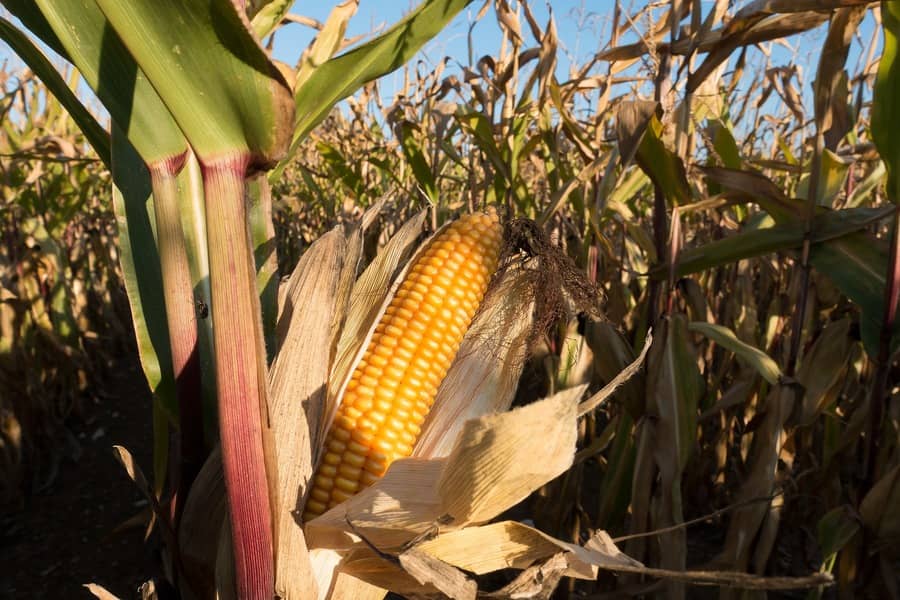Porto Alegre, August 22, 2023 – The exchange rate is not exactly a surprise at this moment, also due to the monetary policy bias that the government’s policy is trying to imprint on the Brazilian economy. However, it is helping to contain the pressure on internal prices in the midst of the harvest, which is still advancing in several states. The producer’s retention can only help to postpone the selling pressure for freeing up space, while the export pace determines, in fact, whether there will be room for some recovery in corn prices later on. Attention from now on, therefore, will be on the flow of exports, the final stretch of the US crop, and the beginning of spring rains in South America. At this moment, there is great concern over the climate in the North and Northeast of Brazil in the spring.
The 23/24 El Nino is already present in the global climate environment. Perhaps, just a matter of scientific officialization by meteorology sector bodies, such as NOAA, but the phenomenon is confirmed. Duration and intensity are indicators that will need some more time, but NOAA projects that El Nino must last at least until the middle of 2024.
Some assessments have compared the possible effects of a new high-intensity El Nino with the last major significant El Nino, which occurred in 2015/16. In 2016, average temperatures in the Central Pacific, in the region known as Nino 3.4, reached 2.3º C above average and caused different situations for a predictable picture of this phenomenon. Generally, the environment is of normal to above-normal rainfall for most of south-central South America, limiting the problems to the Matopiba region.
With the intensity of El Nino, however, different situations may arise. The first could be above-normal rainfall in the first half of 2024 in Argentina, with potential difficulties in the harvest period. This occurred in 2016 and resulted in the loss of 1 mln hectares of soybeans. Afterward, the last great drought in the Amazon was verified, generating an environment of production losses, including Mato Grosso. We cannot say that this picture of 2024 will have proportional intensity to cause the same effects. Even so, the South American weather market is about to start, and even in an El Nino year, historically more comfortable, the doubt about its intensity still generates an environment of uncertainties about the 23/24 season.
Meanwhile, the Brazilian corn market is reaping its biggest second crop and seeking demand for production. Growers in Mato Grosso and Goiás have practically finished harvesting corn, there is still some volume of sorghum to be reaped, but the crop has already been allocated, and the focus is now on the arrival of the 2024 summer crop from January. The other states are speeding up work and still looking for allocation of volumes in warehouses, trying to absorb them in the internal market, and looking for longer liquidity in exports. Nothing unusual for this period.
Internal prices have been adjusted to export parity since July, and the volatility of Chicago and the exchange rate create the environment for better or worse internal liquidation. Last week, we noticed that the dollar closer to BRL 5.00 and the CBOT with slight highs helped prices in ports to reach the levels of BRL 59 to 64, depending on the port and shipping period. Trading companies positioned themselves a little more actively with this combination in the formation of prices, and business has begun to advance toward post-September shipments, since in the short term ports reached their limit.
For the time being, exports continue at a good pace. August has 4.8 mln tons shipped, and the accumulated result for the year, between shipments and scheduled commitments, reaches 25 mln tons. To reach 50 mln tons for the entire year, shipments between September and January would need to reach an average of 6.5 mln tons. An average above that will raise the projection for the year, and below that will leave more corn leftovers internally. The question now is to compete with the strong US harvest from September, even if the local numbers involve some loss of production.
Copyright 2023 – Grupo CMA

